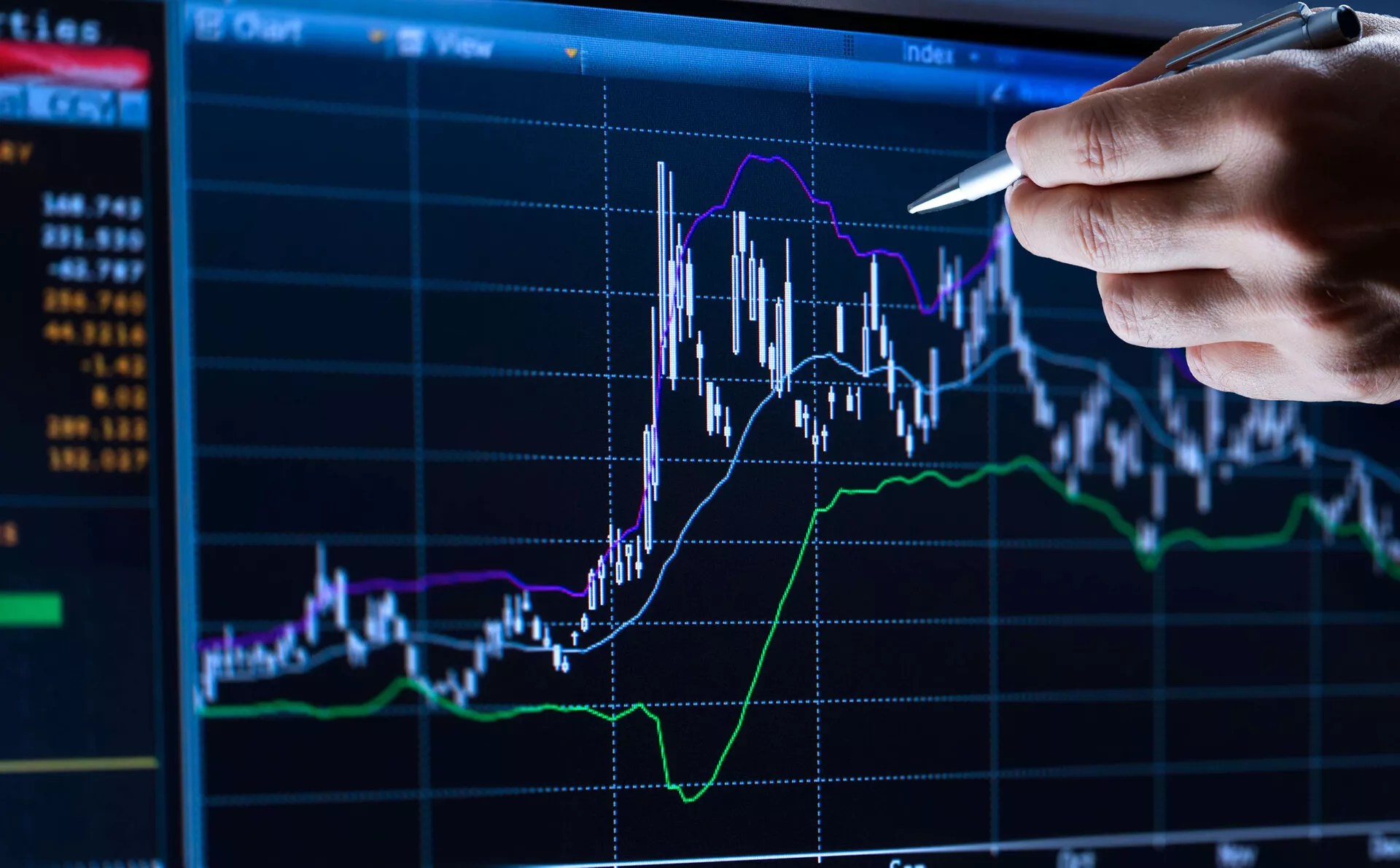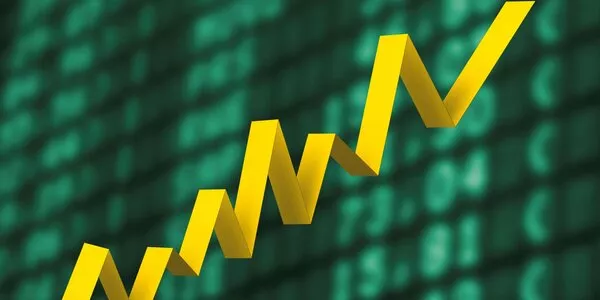
Weekly Update - How deep?
The IMF estimates that the ongoing recession will leave developed world economies with a sizeable shortfall in output by end-2021, of around 5% compared to its forecasts from last October. For 2020, the institution expects the global economy to
contract by 3.0%, led by a 6.1% fall in advanced economies with emerging markets shedding only 1.0%. This would be the
deepest recession since the 1930s, dwarfing the 0.1% decline in world GDP in 2009’s great recession. For 2021, the IMF sees a
5.8% rebound in activity, let by 6.6% pickup in the emerging world with advanced economies bouncing 4.5%.
These figures are in line with the most recent national estimates – France now expects a fall of 8% in GDP this year, while the
UK’s independent budget watchdog’s latest scenario outlines a potential 35% quarterly drop in GDP in Q2, followed by a
recovery over the subsequent 18 months. On Friday April 17, China published its Q1 GDP figures showing a 6.8% year-on-year decline in output, the first fall since 1976. The accompanying data for March showed diverging trends – industrial production was down only 1.1% YoY while retail sales tumbled 16.1% compared to March 2019. This corroborates March’s business confidence surveys across the globe which proved more resilient in manufacturing than in services.
Over recent weeks, the pandemic has shown signs of coming under control. This week, the global total of confirmed cases
reached 2 million. It took only 5 days for cases to double from 250,000 to 500,000, 8 to double again to 1 million but 13 days for the latest doubling in the total. This has emboldened governments – such as Austria, Denmark, Germany and Switzerland this week – to begin to announce the forthcoming easing of restrictions.
However, the easing will come in several small steps, as has been the case in China. The University of Oxford has calculated a
government response stringency index for various countries. As shown on the left-hand chart, China has still not abolished the stringent measure it began to put in place in January. Indeed, faced with a resurgence in new confirmed cases, Singapore recently imposed a month’s lockdown and Japan has instituted a nationwide state of emergency. Governments in Europe and North America will need to be very prudent if they are to avoid having to follow suit.
Given the scale of the slump in activity thus far, central banks and governments have reached deep into their toolboxes to ease policy, aiming to keep financial markets operating smoothly and to mitigate the economic pain for businesses and
households. However, certain countries – like Italy and Spain in the eurozone – have suffered more than others and face
constraints on their ability to support their economies, putting downward pressure on their sovereign bond markets (see righthand chart).
Bottom line. China’s experience suggests that restrictions will remain in place for some time in Europe and the US after the
peak in the numbers of new confirmed coronavirus cases. This in turn means that governments may have to do more to foster the recovery which financial markets appear to be expecting. In this context, much rides
Read full article





